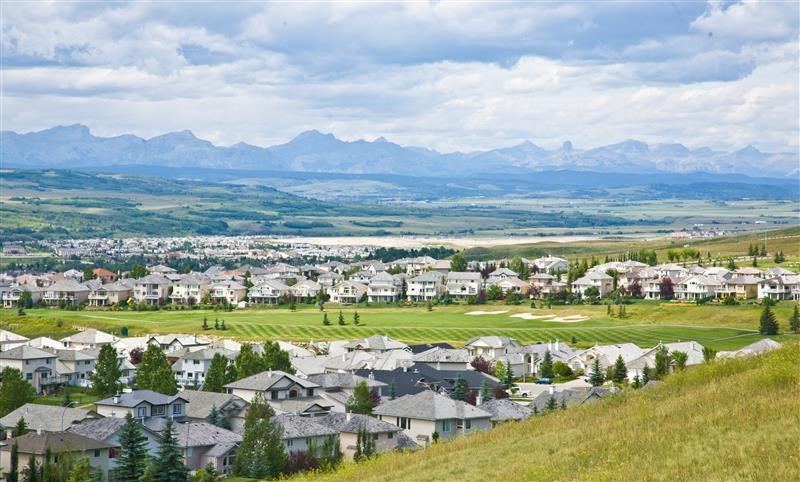A trip to the centre of the universe last month got me thinking about the population explosion happening in our suburbs.
Heading west out of Toronto on my way to Niagara Falls, the first place I encountered along the QE2 was Mississauga, where the welcome sign included a staggering population total. I can’t say that I remember the figure, but a quick check of the last census shows it’s north of 700,000. Further west came Oakville and then Burlington, which are just over and just under 200,000, respectively.
That’s more than a million people along that stretch of highway, which then turns south at Hamilton, a city that adds another 570,000 to the mix, all within 60 kilometres of Toronto. That doesn’t take into account the northern suburbs of Brampton (650,000), Markham (340,000), Vaughan (320,000) and Richmond Hill (200,000).
Between Toronto, Hamilton and the seven suburbs, you’ve got nine of Canada’s 30 biggest cities in the shadow of Lake Ontario.
Vancouver, my old stomping grounds, can’t boast – if that’s the right word – that kind of population, but a drive east out of the city along Highway 1 takes you through Burnaby (250,000), the Tri-Cities (250,000) and across the Fraser River into Surrey (570,000) before reaching Langley (160,000) and Abbotsford (150,000).
Cities like Toronto and Vancouver have geographic constraints that push population into the suburbs, so they’re different from Calgary in that regard, but they’re similar to Alberta’s largest city in the sense that a great many people want, or need, to live within proximity of a major centre.
There are many reasons why people have settled in Okotoks, including the fact that it’s quiet, safe, scenic and has ample amenities, but it’s also likely they did so because it’s a short commute into the city. Would they have chosen Okotoks if it was, say, a two-hour drive to the nearest big city?
Suburbs, or at least the theory went, provided the best of both worlds: small town feel, but easy access to everything a major metropolitan centre could offer. The fact that real estate was typically cheaper was a bonus.
But in many cases these days, suburbs have grown to become cities of their own; in fact, Mississauga and Brampton crack Canada’s 10 most populous cities list. Calgary and, to a lesser extent, Edmonton still have room to grow so we’re not seeing that suburb explosion in Alberta quite yet, but it’s telling that Airdrie not only passed Fort McMurray, Medicine Hat and Grand Prairie to become the fifth largest population centre in the province in the last census, but it and fellow Calgary suburb Cochrane were the two fastest-growing places in the entire province.
What’s happening across the country begs two questions that come with fairly obvious answers. Does growth negatively impact character and quality of life? Absolutely. Can it be avoided? Well, no one has cracked that code yet, but I suspect even if they were able to do so, it would create a place that’s so exclusive it would push the price of real estate through the roof.
And then you’ve got another problem on your hands.




